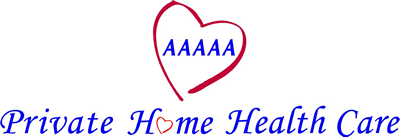Posted by Mary Demakes on July 12, 2021
July is National Picnic Month! In New England, we wait all year for the perfect summer picnic weather. Now that it is here, time to enjoy picnics as much as we can! Picnics are a fun activity for the whole family and friends. They can take place in any outdoor setting, whether it be in the woods, a park, at the beach, or more.
Picnics are a great way to socialize – picnics are a fun way to socialize! Being in the company of others and socializing Social engagement is associated with a stronger immune system, especially for older adults. This means that you are better able to fight off colds, the flu, and even some types of cancer. You will enjoy better mental health. Interacting with others boosts feelings of well-being and decreases feelings of depression.
You get to spend time in the great outdoors! Enjoying outdoors in a beautiful environment is calming and a great stress reliever. Fresh air outside is very healthy for your lungs! Being outside on a beautiful day just makes you feel good in general, doesn’t it?!
Vitamin D – when you are outside, you absorb Vitamin D from the sun. Vitamin D is important for fighting depression and building strong bones!
Mindful eating – eating outdoors at a picnic helps with mindful eating because you are not rushing to get the next task done. At a picnic you are also socializing while you are eating and enjoying being outside, which makes eating even more enjoyable! When you are eating while you are happy and having a good time, it is less likely that you will overeat to deal with emotions.
Stay active – going on a picnic encourages being active, whether it be going for a walk, playing catch, or swimming. You are also being social while you are moving, especially when you are doing a group activity like playing catch, instead of just solo exercise.
Enjoy at any age – picnics can be enjoyed at any age, from young babies to older adults. As long there is fair, temperate weather and there is a comfortable chair, seniors can join in on the fun! For seniors who may need increased assistance, having a backyard barbecue or picnic can be a great and accessible option.








